Affiliate links on Android Authority may earn us a commission. Learn more.
Is cable TV dying? Here's what streaming's takeover might actually look like
Published onJanuary 4, 2023
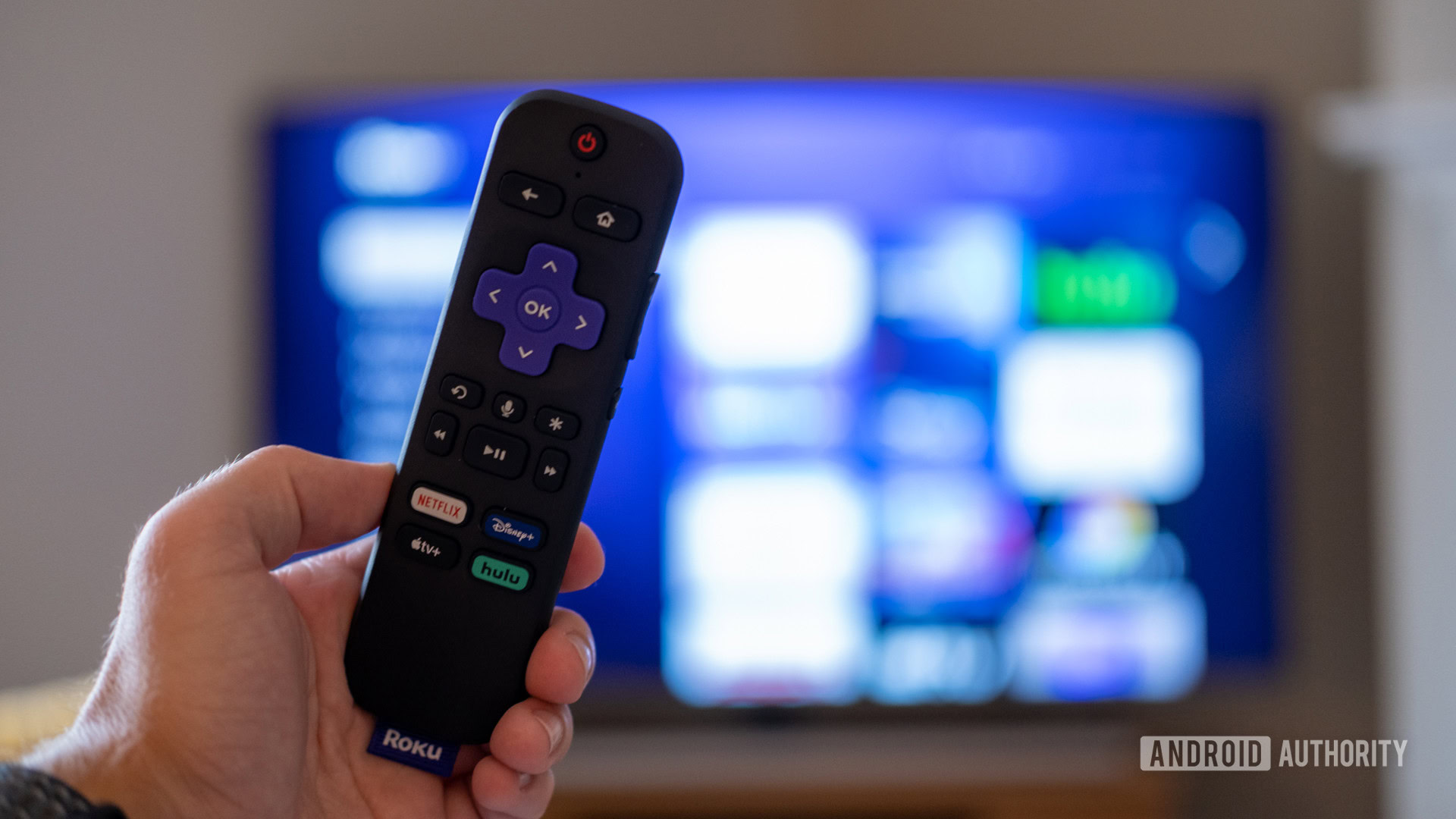
Is cable TV dying? It sounds like a simple enough question. You don’t need a media degree to recognize that the TV landscape has been changing dramatically for over a decade. Cable and broadcast TV exist alongside alternatives to cable like Netflix, Amazon Prime Video, HBO Max, and more. In many cases, people have cut the cord outright, opting to get all of their TV needs met online.
But what does it actually mean to kill cable off and switch to a streaming-only ecosystem? Is streaming just giving us the same thing cable used to, or are we losing something in the process?
Read on for a breakdown of how and why we’ve moved toward streaming, what that means for how we consume media, and whether cable and streaming can ever co-exist in harmony.
See also: The best streaming services available
If traditional cable dies, what’s potentially at stake?
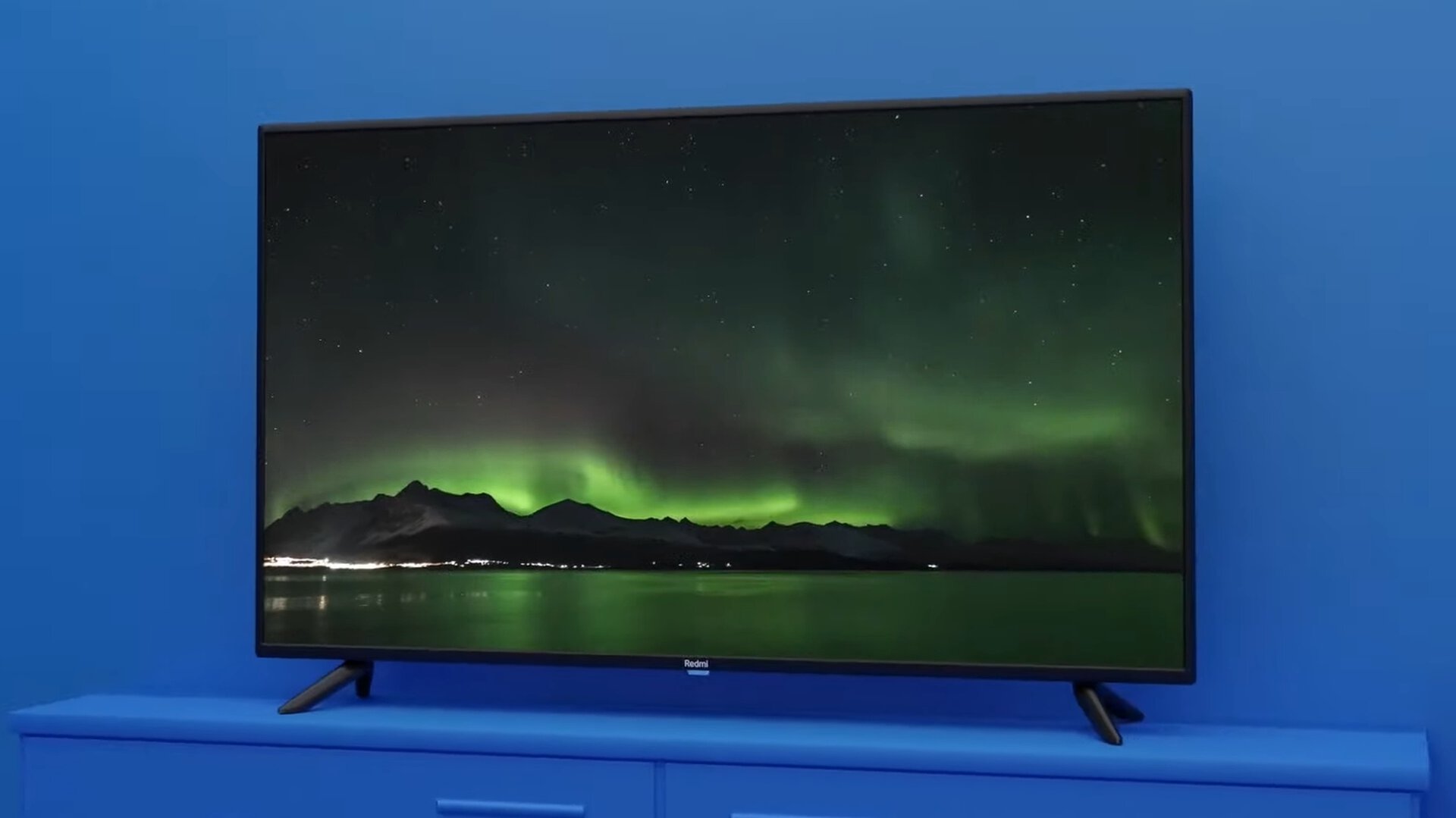
A lot is at stake in the cord-cutting revolution.
For one thing, TV is big business. As the Motion Picture Association of America notes, the film and TV industry employs 2.5 million people annually, paying out over $188 billion in wages. That’s a huge economic footprint. NBC’s This Is Us has contributed upwards of $61 million to the California economy, for example.
The film and TV industry employs 2.5 million people annually and pays out over $188 billion in wages.
As the playing field changes, a whole industry has to rejig how it operates, and that can have major fallout. Just recently, the International Alliance of Theatrical Stage Employees, the labor organization representing “below the line” workers in film and TV, just barely avoided a strike. With streaming becoming a huge part of their work, rules around profit-sharing need to take into account the lack of clearly set standards for an industry increasingly backed by subscription earnings.
Check out: The best streaming originals
What does this look like for consumers just looking for something to watch at the end of their workday?
According to a CBS News poll, 63% of Americans watched TV via a cable subscription in 2016. Since then, that number has dropped to less than half the population in 2021, at 45%. In that same period, streaming jumped from 20% to 37%, and digital antennae (still lagging behind) got a boost from 10% to 12%.
A Pew Research poll has the current numbers a bit higher, with 56% of American adults still holding onto their cable subscriptions, down from 76% in 2015. Pew does also note the lowest numbers are in the 18-29 demographic, where cable use has dropped most sharply and sits at 34%. There’s no guarantee that the trend will hold, but it’s certainly worth considering that older generations are the major holdouts on cord-cutting.
The rise of streaming
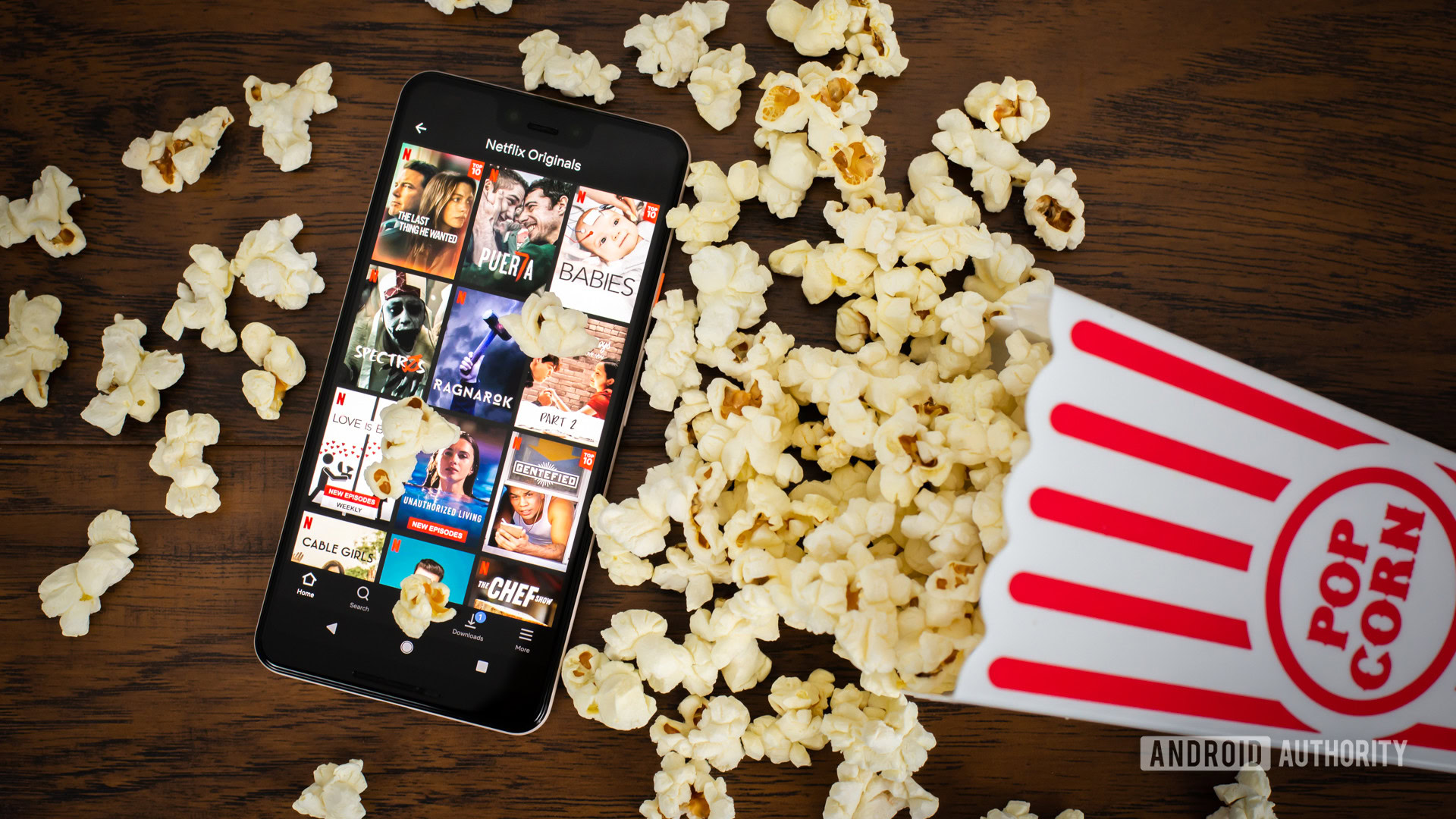
For a good long while, streaming was effectively synonymous with Netflix. The global streamer started out as a mail-order DVD rental service in 1997. In 2007, the company launched an on-demand streaming site, and the rest is history. As bandwidth and internet speeds improved astronomically and Netflix expanded its streaming library, it became a major industry disruptor, eventually offering its own “Netflix Originals” alongside licensed films and TV.
See also: Netflix is losing subscribers and needs to shake things up
Over the years, more companies have thrown their hats into the ring. Hulu, Amazon Prime Video, Disney Plus, Apple TV Plus, HBO Max, Peacock, and Paramount Plus are among the bigger streamers, still lagging behind Netflix but getting bigger by the day as Netflix stagnates at the top. Smaller niche services like Shudder, Criterion Channel, Mubi, Crunchyroll, VRV, and many more round out the market.
While broadcast and cable TV certainly have a leg up in terms of legacy and infrastructure, they’ve struggled to compete. Home recording technology and digital services have allowed cable to offer a comparable level of control for consumers, who want to choose when to watch whatever they want. But cable companies are hemorrhaging subscribers as streamers continue to grow steadily.
When we ask, “Is cable TV dying?” we’re effectively asking, “Are streaming services winning?”
Cable vs streaming: How do they stack up?
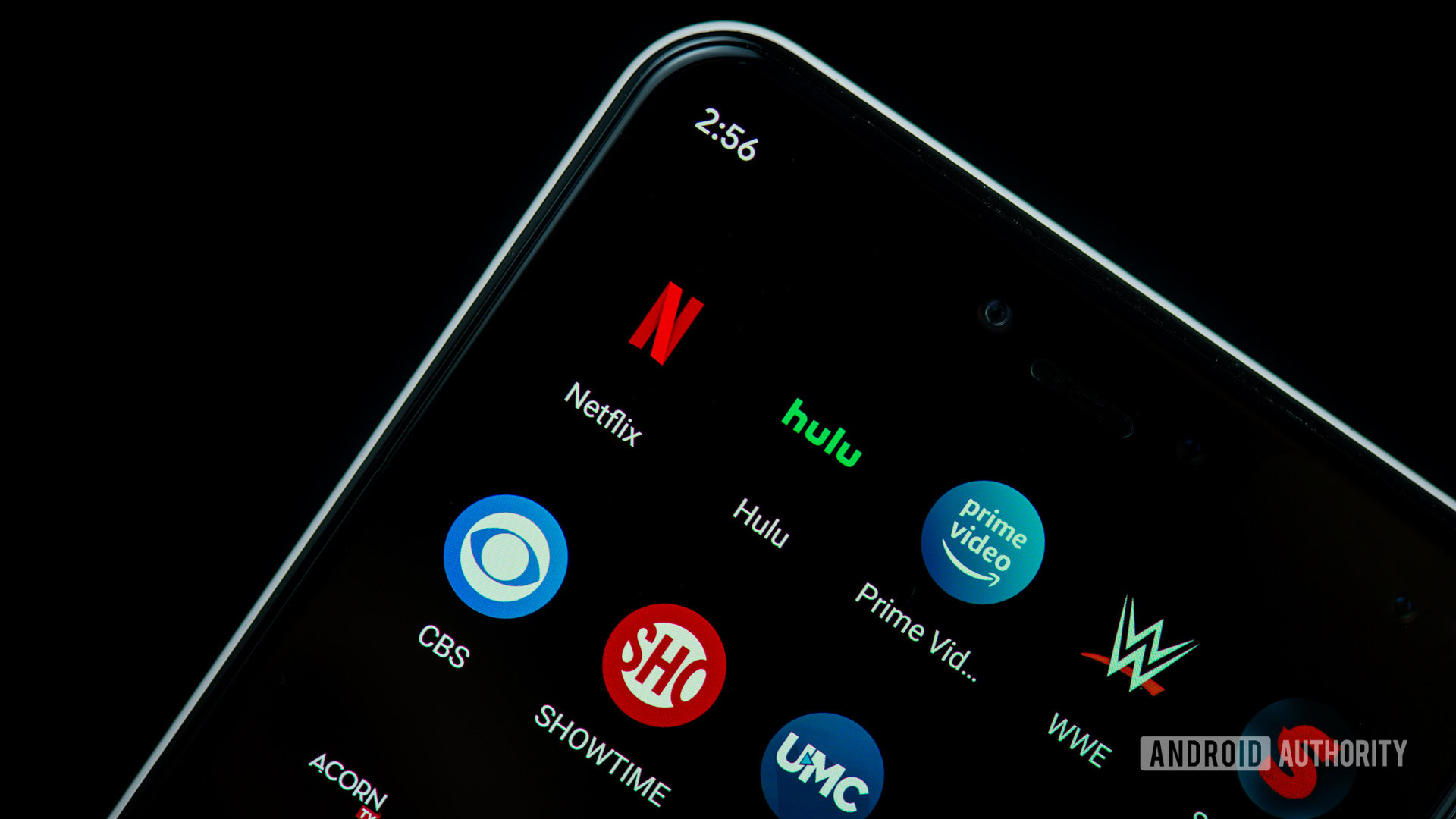
So, why is cable TV dying (if it is)? What problem did streaming solve? And where is it still lagging? After all, if streaming was the clear winner, improving on everything cable did, then why wouldn’t we have done away with cable altogether by now?
When it comes to streaming vs cable, it’s important to remember these are different services with different advantages. At least for now.
Linear TV: Event viewing
Cable TV (like other linear TV platforms like broadcast) is still in the game — it’s also one of the few ways you can actually watch the game. The top 10 programs in weekly ratings reports from Nielsen tend to be dominated by live sporting events. Where streaming usually sees fiction programming at the head of the pack, the top spots on cable and broadcast go to Sunday Night Football and the like.
That’s where people are likely to watch awards shows like the Grammys and the Oscars too, or event viewing like weekly reality TV. Otherwise, local news tends to be a TV phenomenon too. Some heavy hitters do include TV franchise titles like Law & Order, NCIS, and others, but they’re usually the exception.
Streaming: Consumer choice
Where streaming really shines is in giving you control of your viewing experience. Netflix pioneered the binging model, with entire seasons of TV dropped at once so that you can watch at your leisure. It also allows you easy access from different devices.
Other streamers have experimented with different rollouts, sometimes simply recreating the linear weekly model, or dropping a few episodes at once at launch before a weekly rollout. This strategy has been relatively successful over at Apple TV Plus, and increasingly elsewhere, as with Amazon Prime Video’s I Know What You Did Last Summer. Then again, services like Pluto TV offer “channels,” so you can still tune in and watch what’s currently on, or channel surf like the old days.
Hybrid model: Can it last?
Of course, there are also some companies playing in both arenas. Many traditional channels offer their content on affiliated streaming services. This sometimes includes original shows available only online.
FX, owned by Disney, has an entire slate of shows only available on Hulu (previous branded as “FX on Hulu”), also owned by Disney. Disney-owned National Geographic does something similar with content produced solely for Disney Plus. Outside the Disney ecosystem, WarnerMedia produces HBO shows for the premium cable network. But those shows then stream on HBO Max too, alongside HBO Max original programming that never appears on the linear channel.
Is cable TV dying, or can it make a comeback?
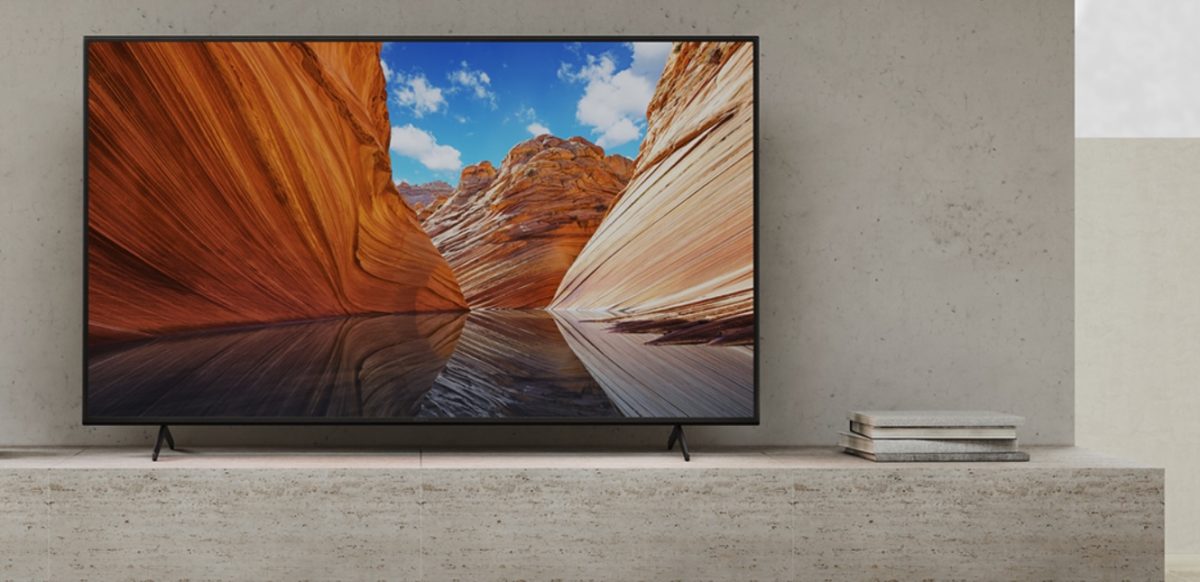
What would it take for cable to stay in the game, or will cable alternatives like streaming and live streaming win the day?
So far, it seems like cable has already lost in certain key areas, namely scripted programming. Okay, it hasn’t lost, but ratings are going down steadily as streamers sweep in.
Where it shines is in live programming. Streaming is catching up there too, of course. ESPN Plus has been a successful outgrowth of Disney’s linear ESPN channel. You could watch the 2022 World Cup on Peacock in Spanish too.
Cable TV still dominates in a few areas.
Standalone services like FuboTV now even function like a cable bundle, giving you access to your favorite channels via streaming, with cloud-based storage to go back and watch what you miss. FuboTV brands itself as a sports streaming service, but you get access to entire channels like AMC, HGTV, Bravo, and more as well. Of course, without those cable channels, FuboTV would need to source its content some other way. That means that FuboTV and services like it can’t really exist without cable, or at least cable channels.
Check out: Apple TV Plus vs Netflix
So, how can cable hold onto that position of power? How can it keep afloat and differentiate itself from what streaming alone can offer? If sports leagues keep partnering with networks and cable channels, that’ll make it easy. Cable likely needs to make itself easy to stream, so we may simply see more channels migrating to new platforms. Amazon Prime Video and Apple TV already offer traditional channels, at an additional price. And FuboTV is effectively a web-based cable provider.
With more and more companies launching their own streaming services, cable networks may just jump onto that bandwagon and embrace change, albeit without surrendering fully to the Netflix model. That would mean the live programming you get on cable could find a comfortable home on streaming without upending familiar arrangements like Sunday Night Football airing on a traditional channel.
If we’re seeing the death of cable, what comes next?
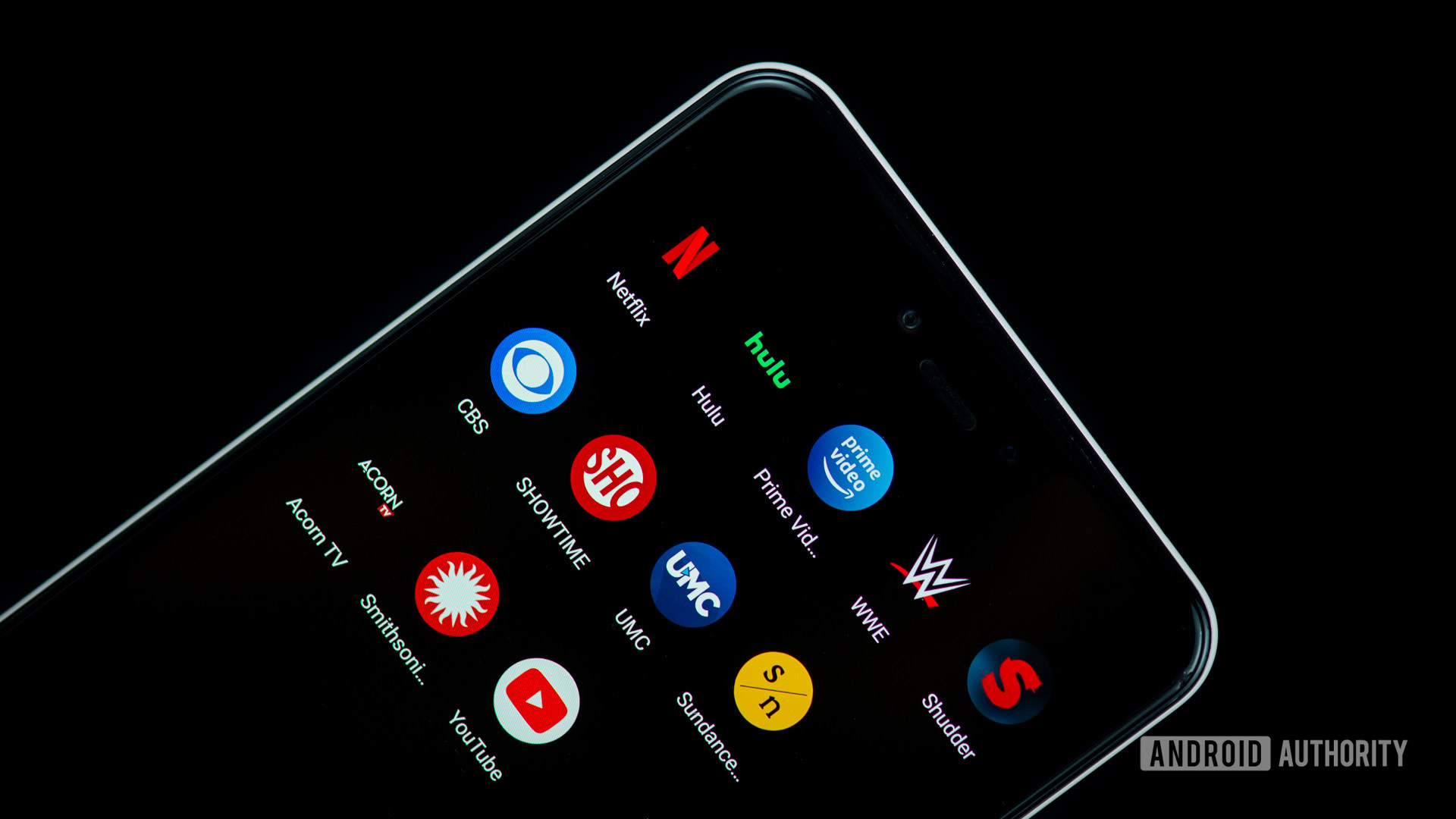
“Why should I pay for a bunch of channels I don’t watch?” is the common refrain of the cord cutter. And it’s a reasonable question. I don’t watch sports or TV news. Are my movie channels and nature docs subsidizing sports? Does my FX and AMC habit help local news stay afloat?
Well, no. Not really. Or rather yes, but in the same way that all of these subsidize each other. They’re all part of one big ecosystem. If everyone gets a bigger bundle, then all of these bundles get a little cheaper. That doesn’t mean they’re cheap, of course. Part of the appeal of switching to Netflix, for a lot of us, was the cheaper price tag. I can ditch my cable subscription and watch stuff on demand for under $10? Sign me up.
Now it’s more than $10 though, and your favorite stuff might be on a different streaming site. So add that to your monthly bottom line. Paying for individual channels one at a time sounds great, but it adds up. The bundles of yesteryear help mitigate the cost, propping up some niche content while giving you access to a ton of other content. And with the Hollywood labor force demanding better baseline treatment, those prices may rise even more.
A lot of us don't want to admit it, but content bundles make a lot of sense.
The irony of it all is that streamers are now starting to catch on and recreate the old model. Disney, which owns Disney Plus, Hulu, and ESPN Plus, allows you to bundle the three services at a discounted rate, and that’s a hugely popular option. But it’s effectively a cable bundle for the streaming age.
This all begs the question, is cable TV dying, or is it actually just moving online?
It’s more complicated than that, of course. But the death of cable as we know it now seems inevitable. What we’re seeing isn’t just its replacement though. Instead, we may get the best of both worlds, combined within the realm of streaming. Streaming “channels” are already there.
There will still be plenty of industry conflict and growing pains to slow down the process and make it messy for at least a few years to come. But we’re moving towards a TV industry that may not look all that different from what we know.